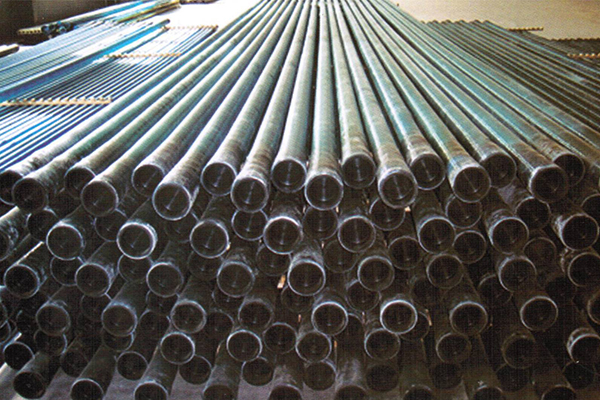At present, more and more seawater pipelines use GRE pipes, namely Glassfibre Reinforced Plastic Epoxy, and GRP pipes, namely Glassfibre Reinforced Plastic. So what is a GRE pipe, and what is the relationship with the commonly known FRP pipe?

GRE Pipes for Offshore Platforms
When it comes to FRP, the first instinct of ship people is the lifeboat and rescue boat on the ship. The material of these two kinds of boats is FRP. FRP is the general name of FRP materials, that is, the general name of glass fiber reinforced plastic, which includes GRE and GRP. FRP is composed of a matrix material and a reinforcing material. Some of them are called GRE and some are called GRP due to the difference of the matrix material. The matrix material is generally resin, and the reinforcing material is glass fiber. Performance, such as adding graphite or carbon fiber to obtain static conductivity, if phenolic resin is used as the matrix material, high temperature resistance can be obtained, and it can even withstand high temperature of several thousand degrees Celsius in an instant.
In particular, FRP pipes with conductive properties added with graphite or carbon fibers are widely used in the ballast systems of oil tankers, chemical tankers, and offshore platforms, and are widely favored by shipowners at home and abroad. Its advantages are light in weight, except that it can conduct static electricity as mentioned above. The general FRP pipe of the same diameter is only 35% of the weight of the carbon steel pipe. More importantly, it is resistant to seawater corrosion, and there is basically no damage to materials. General FRP pipes Pipeline manufacturers can promise: 50 years of use.
 info@unicomposite.com
info@unicomposite.com


























